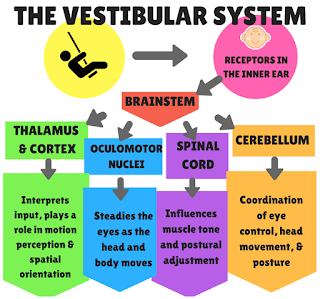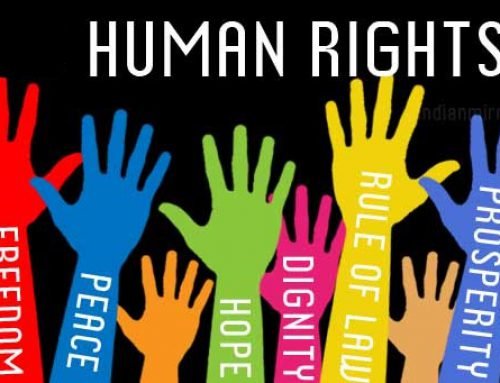Vestibular stimulation is the feedback/stimulus that human body receives due to any of its movement (linear & rotational) in gravity. The intensity of these stimuli range from mild e.g. nodding to severe e.g. sitting on a swing / any amusement ride.
The vestibular sense is first to develop in the growing fetus, it develops only in 5 months in utero and is stimulated by the movement of carrying mother’s body. It is the only system that integrates sensory senses (acoustic, optic, tactile, smell) with brain activities, proprioception and muscle reflexes & tone.
The vestibular system comprises of the two components viz. the semi-circular canals, which respond to rotational movements; and the otoliths, which are sensitive to linear accelerations. The vestibular system sends signals primarily to the neural structures that control eye movements and clarity in the vision; and to the muscles that keep us upright in position. The brain uses information from the vestibular system and from proprioception throughout the body to understand the body’s dynamics and kinematics (including its position and acceleration) from moment to moment.
The activities of Vestibular Apparatus can be summarized as:




Leave A Comment